Unleash your creativity and elevate your artistic endeavors with the right tools designed specifically for professionals. Whether you’re a painter, sculptor, musician, or digital artist, having access to top-tier art tools and software can significantly enhance your workflow and inspire new ideas. In this comprehensive guide, we’ll explore the essential art tools for professionals, including everything from traditional mediums to cutting-edge digital solutions. Discover which tools are best suited for your unique style, learn about the latest trends in art supplies, and gain valuable insights into how these resources can transform your creative process. Whether you’re looking to refine your technique or streamline your workflow, this article offers a wealth of information to help you achieve your artistic goals. Stay ahead with the best art supplies and tools tailored to meet the demands of a professional artist.
Key Takeaways
– Essential Tools for Creativity: Discover the essential tools and software solutions that empower professionals and artists to unlock their full potential.
– Performing Arts Toolkit: Explore the variety of tools used in music, drama, and dance, from instruments and notation software to live sound equipment and projection mapping.
– Digital vs. Traditional Art: Learn about the best digital art tools like Procreate and Adobe Photoshop, alongside traditional supplies like high-quality brushes and canvas.
– Sculpture and 3D Modeling: Understand the tools for creating 3D works, including Blender for digital sculpting and clay for traditional mediums.
– Photography and Design: Capture stunning visuals with DSLR cameras, lenses, and lighting setups, and design efficiently with tools like AutoCAD and SketchUp.
– Community and Inspiration: Join online communities like Behance and DeviantArt to connect with fellow artists and find endless sources of creativity and guidance.
– Productivity Hacks: Stay organized with tools like Trello, Asana, and Notion to manage projects and deadlines seamlessly.
– Monetization Strategies: Sell your artwork through platforms like Etsy, Redbubble, and Instagram Shops to turn your passion into profit.
– Diverse Performing Arts Forms: From orchestral music and classical ballet to circus arts and spoken word, there are countless ways to express creativity.
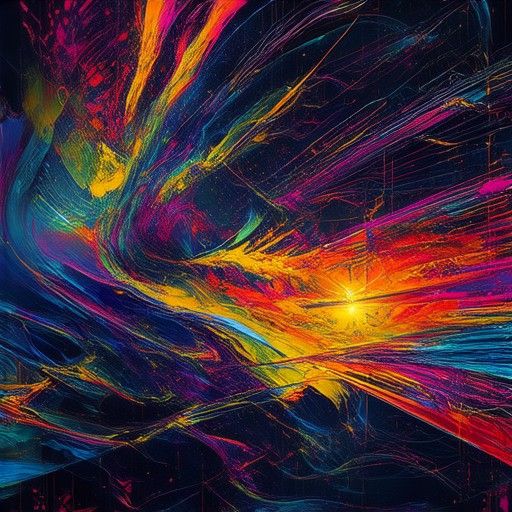
What Does a Professional Artist Need?
A professional artist requires a combination of tools, resources, and support to thrive in their craft. Here’s a breakdown of the essentials:
- Art Supplies: High-quality materials like paints, brushes, canvases, and sketchbooks tailored to their preferred medium.
- Digital Tools: Access to software for editing, creating, and collaborating, such as Adobe Photoshop or Procreate.
- Education and Resources: Continuous learning through courses, workshops, and online tutorials to stay updated on new techniques and trends.
- Networking Opportunities: Collaboration with other artists, participation in art communities, and attendance at events or exhibitions.
- Inspiration Sources: Access to galleries, museums, and art collections to fuel creativity and explore different styles.
- Storage Solutions: Proper storage for finished works, sketches, and reference materials to keep everything organized.
- Legal Protection: Copyright registration for original works to protect intellectual property rights.
- Health and Safety: Ergonomic tools and safe working environments to prevent injury and promote productivity.
- Professional Development: Mentorship programs, art residencies, and conference attendances to gain insights and grow as an artist.
- Promotion and Exposure: Platforms like social media, personal websites, and online portfolios to showcase work and connect with audiences.
Professional Digital Art Software: A Comprehensive Overview
Professionals in the field of digital art have access to a variety of powerful tools that cater to different artistic styles and needs. Here are some of the most popular and widely-used software options:
- Adobe Photoshop : Renowned for its versatility, Photoshop is a go-to choice for many digital artists. It offers a robust feature set, including advanced editing tools, layers, and integration with other Adobe Creative Cloud applications like Adobe Illustrator. Available across desktop, mobile, and tablet platforms, Photoshop is a favorite among professional artists for its flexibility and high-quality outputs.
- GIMP : An open-source alternative to Photoshop, GIMP provides a free solution for artists who want to avoid subscription-based software. While primarily desktop-based, GIMP has a strong following due to its extensive plugin support and compatibility with traditional painting tools.
- Procreate : Designed specifically for iPad users, Procreate is a top choice for digital artists who prefer drawing on touchscreens. Its intuitive interface and compatibility with Apple Pencil make it a favorite among illustrators and fine artists.
Why These Tools Are Preferred
- Integration and Ecosystem Support: Many of these tools integrate seamlessly with other creative software, allowing artists to work across different mediums effortlessly.
- Versatility: Whether you’re working on illustration, photography, or digital painting, these tools offer a wide range of features to suit your needs.
- Community and Resources: Strong online communities and abundant tutorials make it easier for artists to learn and improve their skills using these platforms.
These software options empower artists to experiment, innovate, and produce high-quality work efficiently. Whether you’re a seasoned professional or just starting out, there’s a tool here to match your creative vision.
For more insights into the world of digital art and to explore these tools in-depth, visit our main website . Our platform is dedicated to helping artists grow and thrive in their creative journeys.
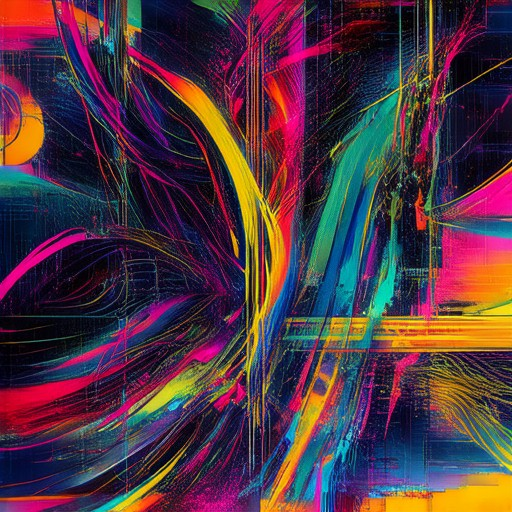
Good Art Tools
- Procreate – Ideal for digital artists and designers, Procreate offers powerful tools for creating stunning artwork on iPad. Its intuitive interface and extensive brush library make it a favorite among many creatives. Learn More
- Krita – Perfect for traditional artists, Krita provides a rich set of brushes and customization options. It’s widely used for oil painting, digital painting, and concept art. Explore Krita
- Adobe Photoshop – A industry-standard tool for digital editing, Photoshop offers endless possibilities for retouching, compositing, and creating digital art. While it has a steeper learning curve, it’s highly versatile. Visit Adobe
- Cinema 4D – For 3D artists and animators, Cinema 4D is a top choice. It combines powerful modeling, animation, and rendering capabilities in one package. Discover Cinema 4D
- Canva – Great for those looking for a user-friendly design tool, Canva offers a vast library of templates and tools perfect for creating posters, social media graphics, and more. Try Canva
- Sketch – A lightweight drawing app for iPad and iPhone, Sketch is excellent for quick sketches and idea generation. Its export options are also very robust. Download Sketch
- DaVinci Resolve – While primarily a video editing tool, DaVinci Resolve includes powerful color grading and compositing features that are invaluable for digital artists working on film and photography projects. Explore DaVinci Resolve
These tools cater to a variety of artistic styles and mediums, whether you’re working digitally or traditionally. Experiment with a few to find what works best for your creative process.
For more resources and tips, visit us at Artful Journey to discover more tools and techniques to enhance your artistic workflow.
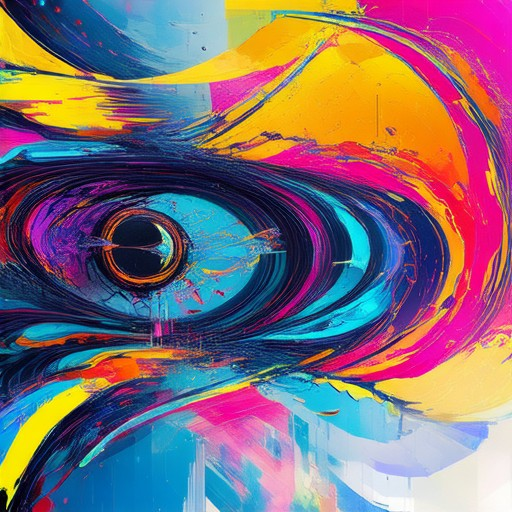
Tools Used in Performing Arts
The performing arts encompass a wide range of disciplines, including music, drama, and dance. Each discipline utilizes unique tools to bring performances to life. Below is a breakdown of the essential tools used in each area:
Music
- Instruments: Guitars, pianos, wind instruments, string instruments, percussion instruments
- Notation Software: Sibelius, Finale, MuseScore
- Production Tools: Logic Pro X, Ableton Live, FL Studio
- Live Sound Equipment: PA systems, mixing consoles, microphones, speakers
Drama
- Lighting Systems: Stage lights, LED fixtures, dimmers
- Set Design Tools: CAD software, drafting tools, scenic paint
- Costume Construction: Sewing machines, fabric, foam core, props
- Make-Up Tools: Airbrushes, makeup pencils, special effects kits
- Projection Mapping: Projectors, software like Resolume
Dance
- Dance Footwear: Ballet slippers, tap shoes, jazz boots
- Props: Fans, swords, ribbons, hoops
- Choreography Tools: Notation software like Kinovea, video analysis tools
- Audio Tools: High-quality headphones, sound systems
These tools are essential for bringing performances to life and enhancing the audience experience. Whether it’s the strike of a piano, the glow of stage lights, or the precision of a dance ensemble, each tool plays a vital role in the performing arts.
Essential Tools for Artists
Creating art requires a combination of creativity and the right tools. Here’s a curated list of essential tools that every artist should consider:
Digital Art Tools
- Procreate – Ideal for iPad users, Procreate offers powerful features for digital painting and editing.
- Adobe Photoshop – A industry-standard tool for image manipulation, perfect for photographers and digital artists.
- Canva – A user-friendly graphic design tool that’s great for creating visuals and collages.
- Krita – Free and open-source software designed specifically for digital artists.
Traditional Art Supplies
- High-Quality Brushes – Whether you’re painting or drawing, having the right brushes is crucial.
- Canvas or Paper – Choose the right medium based on your project, such as watercolor paper for wet techniques or oil paint linen for realism.
- Paints and Colors – Acrylics, oils, watercolors, and spray paint are staples for any artist’s toolkit.
- Sketchbooks – Keep your ideas organized with high-quality sketchbooks in various sizes.
Sketching Tools
- Graphite Pencils – Essential for detailed shading and preliminary sketches.
- Charcoal – Great for creating dynamic and expressive drawings.
- Wacom or Cintiq – Digital drafting tools that combine traditional pen feel with digital precision.
- Surface Pen – Perfect for detailed line work and notes.
3D and Sculptural Tools
- Blender – A free 3D modeling and animation software popular among digital sculptors and 3D artists.
- Clay and Plaster – Traditional mediums for creating sculptures and 3D works.
- Chisel and Hammer – Tools for carving and shaping raw materials.
- 3D Printers – For creating physical models and prototypes.
Photography Equipment
- DSLR Camera – For high-quality photography and inspiration for your artwork.
- Lenses – Invest in a variety of lenses to capture different perspectives and styles.
- Tripod – Stabilize your camera for sharp shots, especially in low-light conditions.
- Lighting Setup – Use softboxes, umbrellas, or ring lights to control lighting effectively.
Design and Planning Tools
- AUTOCAD – For precise technical drawing and architectural designs.
- SketchUp – A user-friendly 3D modeling software for conceptual designs.
- Inkscape – A free vector graphics editor for creating logos, icons, and illustrations.
- Maya – A powerful tool for 3D character modeling and animation.
Community and Inspiration
- Behance – Showcase your work, get feedback, and find inspiration from other artists.
- DeviantArt – A vibrant community for sharing art, discovering new styles, and joining challenges.
- Instagram – Follow artists and explore trending styles and techniques.
- YouTube – Watch tutorials, behind-the-scenes videos, and artist interviews.
Productivity and Organization
- Trello – Manage projects and deadlines efficiently with this collaboration tool.
- Asana – Track tasks and set milestones to stay on top of your creative workflow.
- Notion – Combine note-taking, task management, and project planning in one platform.
- Google Calendar – Schedule your creative sessions and deadlines.
Monetization and Promotion
- Etsy – Sell your artwork as prints, cards, and other products.
- Redbubble – Turn your artwork into merchandise like t-shirts and posters.
- Society6 – Another platform for selling your designs on various products.
- Instagram Shops – Promote your work directly on Instagram with a dedicated shop front.
Investing in the right tools allows artists to focus on their creativity while staying organized and efficient. Experiment with different mediums and tools to discover what works best for your unique style and projects.
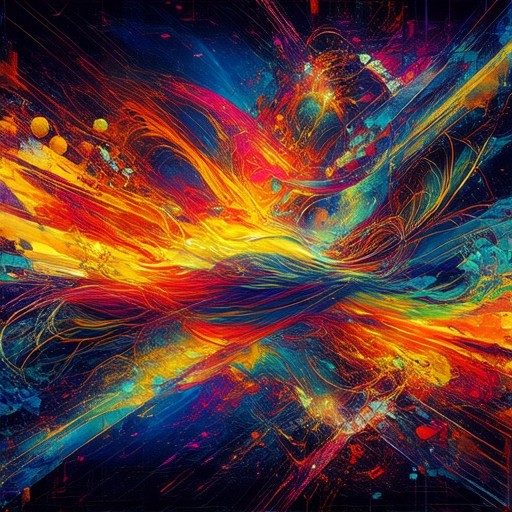
What Are the 5 Major Types of Performing Arts?
Here are the five primary categories of performing arts, each offering unique expressions of creativity and artistry:
- Music :
- A universal form of expression, music performs through instruments, vocals, and compositions.
- Examples include classical orchestras, jazz ensembles, and solo performers.
- Platforms like Artful Journey explore various music genres and techniques, providing insights into musical performance styles.
- Dance :
- Movement-based performances that tell stories, convey emotions, and showcase physical skill.
- Styles range from classical ballet to contemporary dance, hip-hop, and traditional folk dances.
- Discover diverse dance forms and their cultural significance on Artful Journey .
- Theater :
- Combines acting, dialogue, and storytelling to bring scripts to life.
- Includes plays, musicals, and improv performances.
- Explore theater techniques and famous productions on Artful Journey .
- Circus Arts :
- Encompasses acrobatics, juggling, tightrope walking, and clown performances.
- Often blending athleticism with theatricality, circus arts are a unique subset of performing arts.
- Learn about the history and evolution of circus performances on Artful Journey .
- Literary Arts/Spoken Word :
- Performances that involve reading poetry, prose, or original works aloud.
- Includes slam poetry competitions and storytelling events.
- Find resources and inspiration for literary performances on Artful Journey .
These performing art forms collectively enrich our cultural landscape, offering diverse ways to engage with creativity and emotion. From the grandeur of orchestral performances to the intimacy of spoken word, each type contributes uniquely to the world of art.
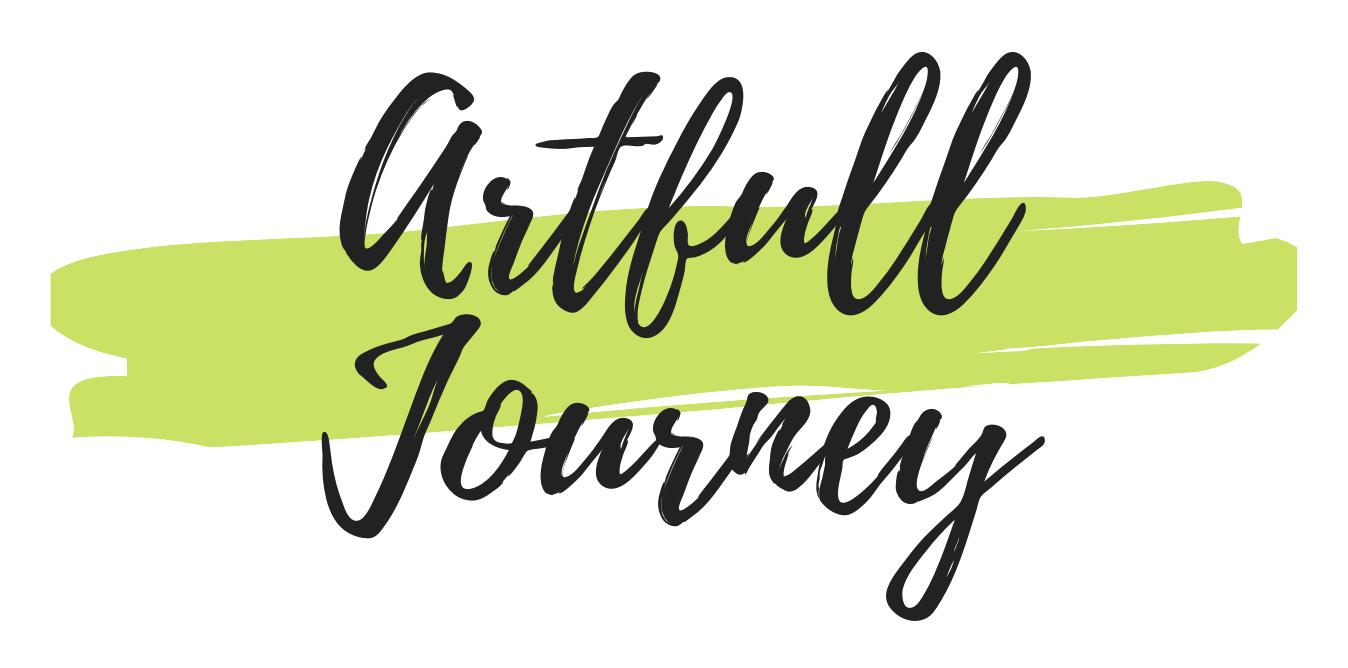



0 Comments